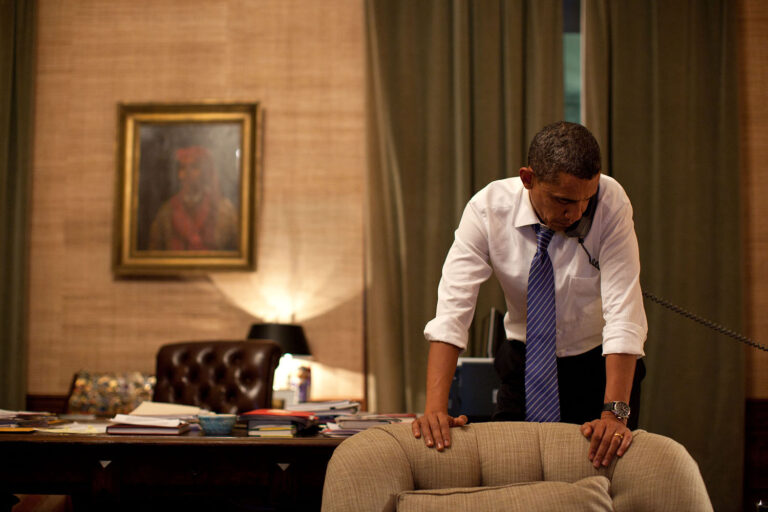Emily Dickinson: A Private Poet in the Digital Age?
Walt Whitman once wrote, “To have great poets, there must be great audiences, too.” But around the same time Whitman wrote those words, living a just few states away from him was a great poet who had almost no audience whatsoever. She tended to send her poems only to a small circle of friends and family members, and she never published a single poem under her own name while she was alive. Nevertheless, Emily Dickinson would go on to become famous, and even to rival Whitman himself as one of the greatest poets of the nineteenth century.
Dickinson’s reclusive genius and her posthumous rise to the status of leading American poet have become legendary. For many poets, they even offer hope. If we can’t be understood and admired in our lifetimes, maybe it’s because we’re bold and challenging—and maybe, just maybe our “great audience” will arrive in generations to come. It’s the kind of thing that has led writers to keep typing when the world seems indifferent or even hostile to their work.
But when we tell the Dickinson legend we often forget that Dickinson didn’t equate her success as a poet with fame or with finding a larger audience. In fact, she may not have even wanted to see her verses printed at all. She embraced her obscurity in her own obscure way, writing
I’m Nobody! Who are you?
Are you – Nobody – too?
And also:
Publication – is the Auction
Of the Mind of Man
So there’s reason to think that Dickinson’s “great audience,” the one that really understood her, wasn’t the one that rescued her poems from obscurity by printing them in books. In fact, many readers and scholars of Dickinson’s work have begun to make the claim that it is only now in the digital age that most of us can finally appreciate Dickinson for the private poet she truly was. By moving outside books and into the extensive digital archives of Dickinson’s work now found online we discover the Dickinson who never made it into print.
Thanks to the efforts of Amherst College, The Emily Dickinson Museum, the Houghton Library at Harvard and others, in a few clicks we can now see traces of just how weird and wonderful Dickinson’s habits truly were. We see poems scribbled on scrap of paper and envelopes, crossed out and rewritten, always in her minute handwriting with her characteristic dashes. Rather than simply seeing fully formed discrete poems, we see many fragments sometimes with parts inked over or cut away altogether.
Above all, the archives help us remember that her poems were sent to particular people, not to a large public. Often, she even included the poem within the text of a note or letter. We can even find preserved some of the strange “gifts” she included along with the poems: various drawings, a paper nightingale, a pencil, a postmarked leaf, and even a cricket.
These are clues about that other, more private life of Dickinson’s poetry. But in the end, they remain just that: clues. They are reminders that there is a Dickinson we will never fully know, figure out, or get to the bottom of. But that is what keeps captivating us, making us wonder, discuss, and interrogate her work.
And, in the end, isn’t that what makes a “great audience”?
You can find a full list of open-access Emily Dickinson archives at EmilyDickinson.org

